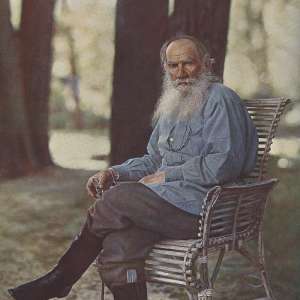
Charlotte Brontë dips her pen in the inkwell and begins to write. She and her sisters, Anne and Emily, have brought their desks into the parlor and are busy working on their stories. The rain taps soothingly on the windows of the parsonage, and Charlotte pauses from her work to stare out into the garden. Though she feels in her heart that this is the best story she has ever written, she still fears that the publishers might turn it down as they did with her last manuscript.
The gentle scratching of her sisters’ pens against paper rouses her from her thoughts. Shaking off her doubts, she examines the paragraphs in front of her. There isn’t time to worry about the future — she must only worry about putting her words on paper and getting her protagonist Jane out of this latest predicament with Mr. Rochester.
That was how I envisioned Charlotte Brontë, the author of Jane Eyre, as I gazed at her portable writing desk last December. No, I hadn’t been transported back to the 1840s to her home in West Yorkshire, England. (I wish I had, just for an afternoon! I would have loved to have taken tea with Charlotte and talked about writing with her and her sisters.)









































